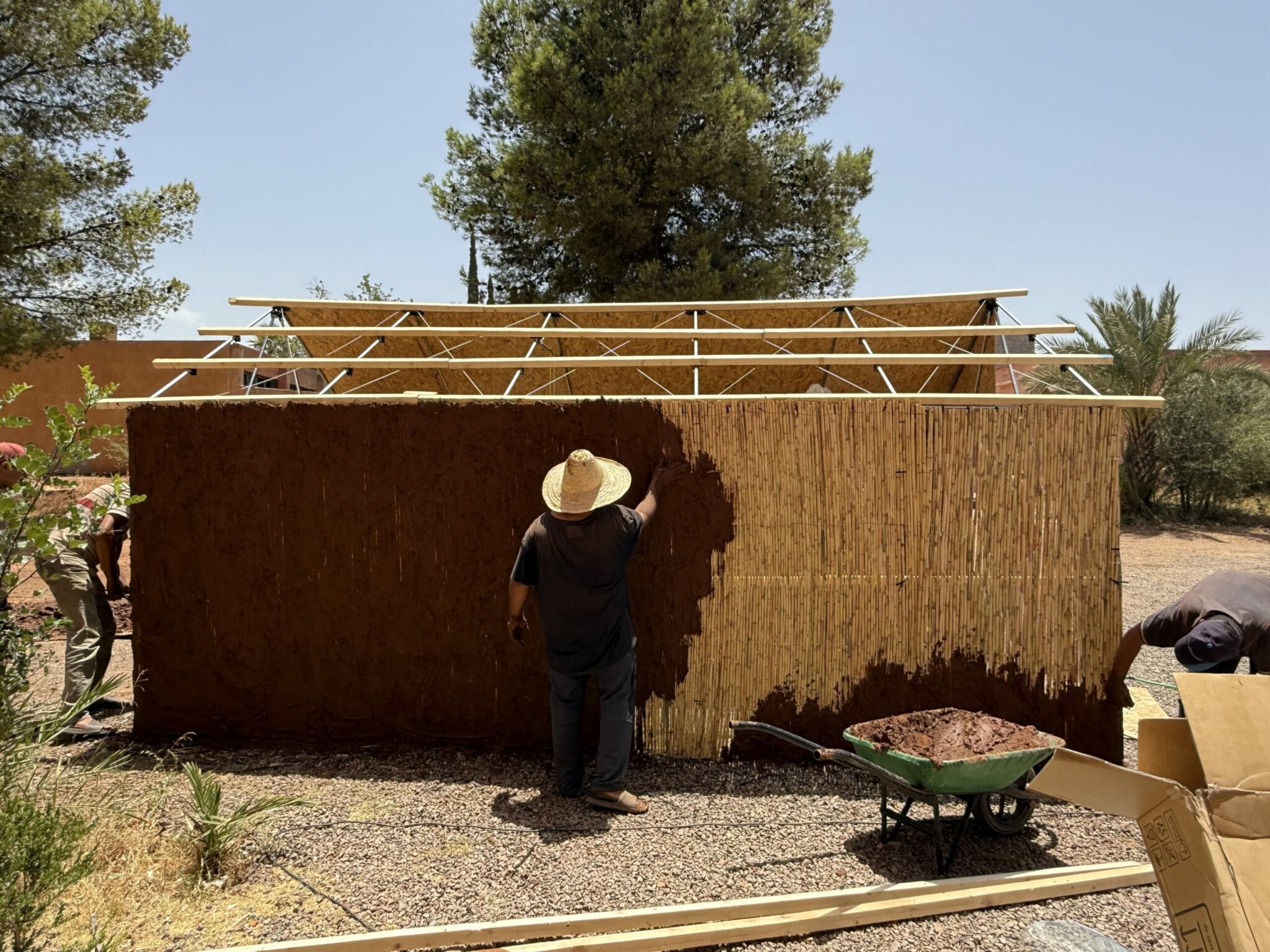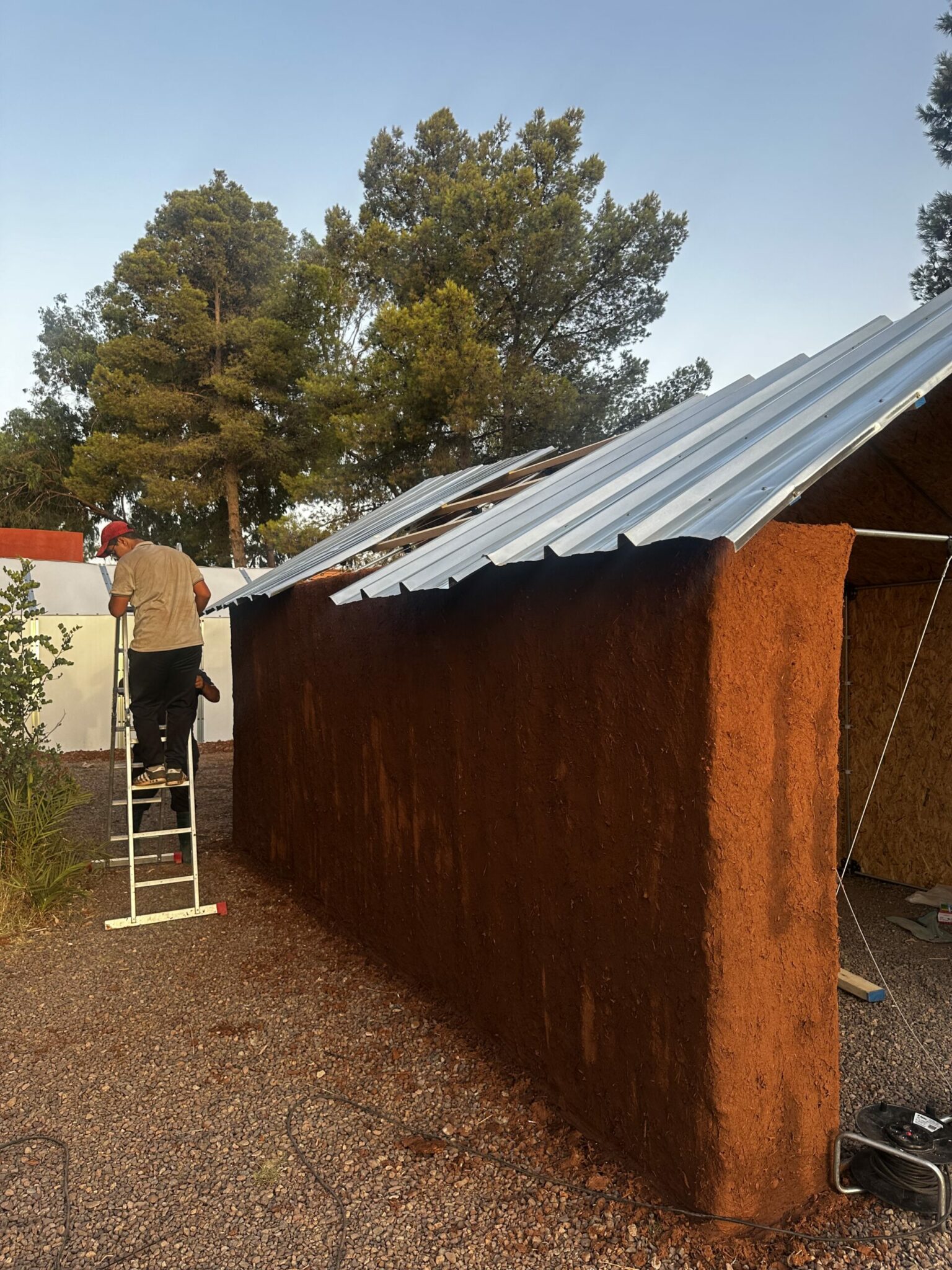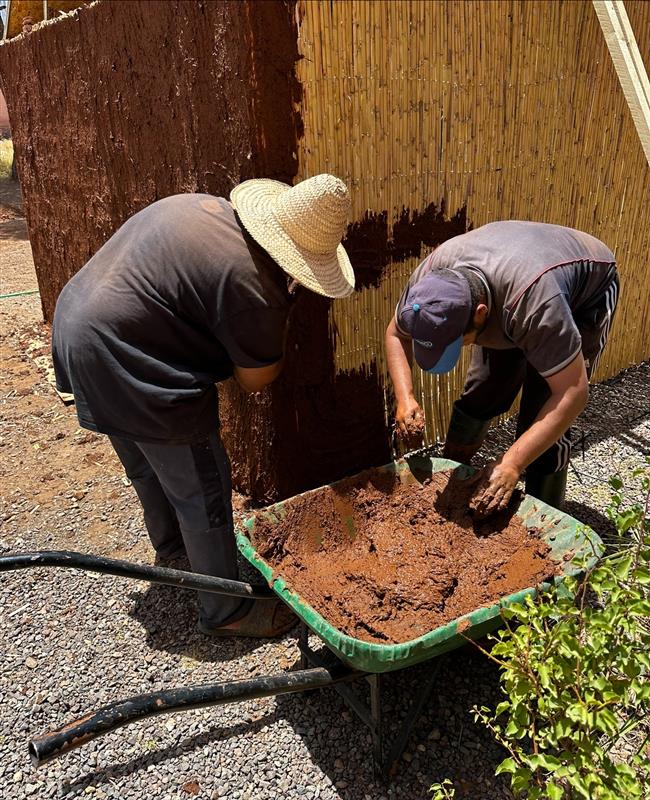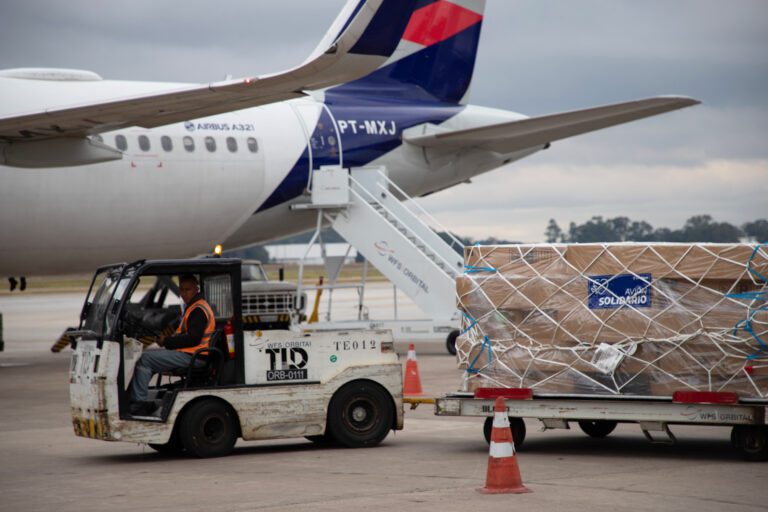As displacement grows and becomes more complex, shelter should also adapt to the climate, culture, materials and ways of building in each specific context.
Last month, in collaboration with the Moroccan Red Crescent and The International Federation of Red Cross and Red Crescent Societies (IFRC), our team tested a new shelter prototype under development in Tahannaout, in Morocco’s Al Haouz region.
The pilot focused on improving modularity and adaptability, so it can be used in different sizes and for different purposes. It can also be upgraded over time and covered with different materials depending on the availability, the specific needs, the climatic conditions and the budget available.
Three versions were assembled and evaluated: one with a tent cover for quick emergency response, one clad with plastic panels, and one clad with locally available materials like cane, straw and soil, OSB, or CGI.
The feedback gathered during this pilot will help our team guide the next steps in developing a more durable and sustainable shelter that supports safety and dignity for displaced communities.






